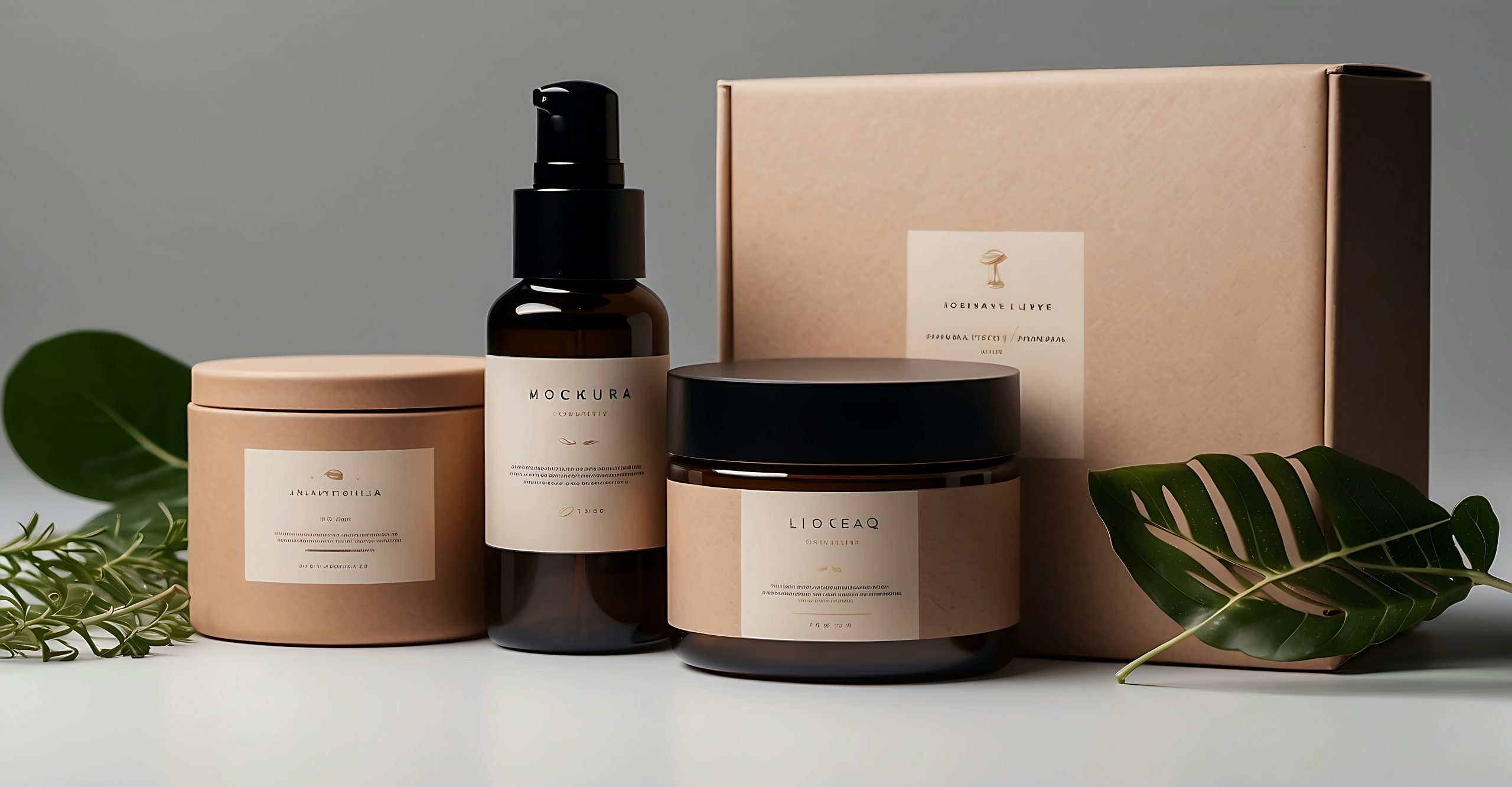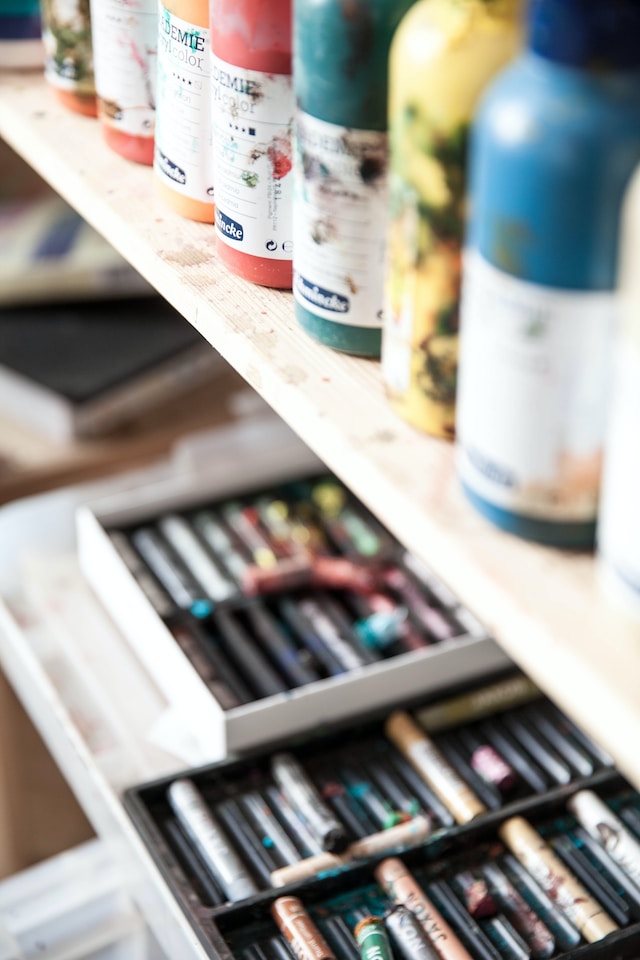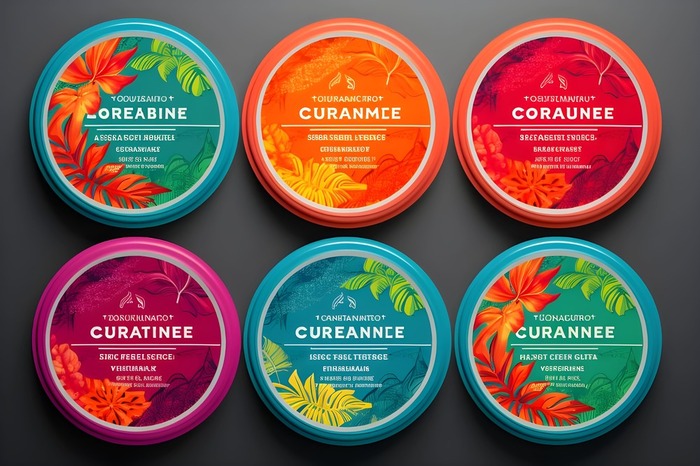In today’s competitive market, effective packaging and labeling play a crucial role in attracting consumers and promoting brand recognition. Silver labels, with their unique metallic finish, add a touch of elegance and sophistication to products, making them stand out on store shelves. However, designing and printing silver labels require careful attention to detail to ensure the desired impact. In this article, we will explore the best practices for creating eye-catching and captivating silver labels that enhance the overall appeal of products.
Designing and printing silver labels require a delicate balance of aesthetics and functionality. The right combination of design elements, printing techniques, and label materials can elevate the visual appeal and durability of your product labels, giving your brand a competitive edge in the market.
In this guide, we will delve into the best practices that will help you create stunning silver labels that resonate with your target audience while adhering to industry standards.
1. Understanding the Importance of Silver Labels
Silver labels offer a premium and sophisticated look, making them an excellent choice for products that aim to stand out on the shelves. The reflective properties of silver can add a touch of elegance and luxury to various products, including cosmetics, beverages, electronics, and more.
When customers encounter silver labels, they often associate them with high-quality and attention to detail, influencing their perception of the product’s overall value. As a result, investing in well-designed and professionally printed labels can significantly impact consumer purchasing decisions.
2. Designing Silver Labels: Key Considerations
Designing silver labels requires a strategic approach that aligns with your brand identity and product positioning. Consider the following key factors during the design process:
- Reflecting Brand Identity
Silver labels should reflect your brand’s personality and values. Incorporate your brand’s logo, color scheme, and unique design elements to create a cohesive visual identity that consumers can instantly recognize.
- Simplicity and Clarity
Avoid cluttering the label with excessive graphics or text. Keep the design simple and ensure that essential information, such as product name and key features, is easily readable.
- Size and Placement
Choose an appropriate label size that fits your product’s packaging without overwhelming it. Consider the label’s placement on the package to ensure it complements the overall design.
- Typography and Fonts
Select legible fonts that match your brand’s tone. Pay attention to font sizes and styles to maintain readability.
- Color Selection
While silver will be the dominant color, consider accent colors that complement your brand or product theme. Use colors strategically to highlight essential information.
- Incorporating Regulatory Information
Ensure that all mandatory regulatory information, such as ingredients, warnings, and certifications, is present on the label.
- Aesthetic Appeal and Finishing Options
Explore various finishing options, such as embossing, debossing, or spot varnish, to add texture and visual appeal to the silver labels.
3. Printing Techniques for Silver Labels
Selecting the right printing technique is essential to achieve the desired level of detail and quality for your silver labels. Here are some popular printing methods:
- Flexography Printing
Flexography is a versatile printing technique suitable for large-scale label production. It allows for efficient printing on various substrates, including silver materials.
- Digital Printing
Digital printing offers flexibility and customization, making it ideal for small to medium label quantities. It can reproduce intricate designs with precision.
- Screen Printing
Screen printing is well-suited for specialized finishes and effects on silver labels. It is suitable for designs with bold and vibrant colors.
- Offset Printing
Offset printing is a high-quality option for producing large quantities of silver labels. It delivers consistent results and accurate color reproduction.
5. Material Selection for Silver Labels
The choice of label material plays a vital role in the label’s appearance and durability. Consider the following options:
- Silver Paper Labels
Silver paper labels offer a cost-effective solution and are suitable for products with short shelf lives. They are ideal for indoor applications.
- Silver Film Labels
Silver film labels are more durable and water-resistant than paper labels. They are well-suited for products exposed to moisture or outdoor conditions.
- Silver Foil Labels
Silver foil labels provide a premium and metallic finish, enhancing the product’s overall aesthetics. They are commonly used for luxury products.
- Testing and Quality Control
Before proceeding with full-scale production, conduct testing and quality control measures to ensure the labels meet your expectations and industry standards.
- Proofing and Prototyping
Create prototypes and proofs to assess the label’s design, color accuracy, and overall appearance.
- Durability and Resistance
Test the labels for resistance to factors such as abrasion, water, and chemicals to ensure they maintain their integrity during product use.
- Adhesive Performance
Evaluate the adhesive’s bonding strength and suitability for the intended packaging material.
6. Sustainability and Eco-Friendly Practices
Consumers are increasingly conscious of sustainability, making eco-friendly label options essential for many businesses.
- Recyclable Materials
Choose recyclable label materials to reduce the environmental impact.
- Water-Based Inks
Opt for water-based inks that are more environmentally friendly compared to solvent-based inks.
- Reduced Waste Production
Minimize label waste during the printing process by optimizing material usage.
- Compliance with Environmental Standards
Ensure your label production processes adhere to relevant environmental standards and certifications.
7. Storage and Handling Recommendations
Proper storage and handling of silver labels are crucial to maintain their quality and appearance. Store them in a cool, dry place away from direct sunlight, and handle them with care during application.
In conclusion, designing and printing silver labels require a thoughtful approach that combines creativity, brand understanding, and an emphasis on consumer engagement. By following the best practices outlined in this article, brands can create visually appealing labels that captivate their target audience and leave a lasting impression. Remember to keep the design simple, leverage metallic finishes tastefully, explore unique shapes, and use imagery to tell a compelling story. A well-designed silver label can elevate the product’s packaging and significantly impact its market success.
Remember, the packaging is often the first point of contact between a consumer and a product, and a well-crafted silver label can leave a positive and memorable impression that influences buying decisions. As you embark on the journey of designing silver labels, keep the brand’s identity and target audience at the forefront of the process, and let creativity flow to create exceptional labels that shine brightly on the shelves.



